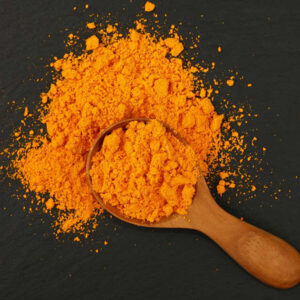Description
Health hazards of the human environment include undue exposure to lead remains serious public health concerns (WHO, 1995). Mining and smelting activities of lead are well known to create health problems in local area. Lead poisoning was studied in a mining area of odisha. The study area taken is in between the radius of 5km. from the mining site. Villages taken for study are located approximately one Km distance of each other from core mining area. People of different age groups and sex living in different distances are considered for observation. It was found that the incidence of bod lead burden is significantly higher in exposed area than the control area which is 10Km away from mining site. In this study the level of PbU and δ-ALAU is considered. The level of δ-ALA was measured to observe interference of lead in haem biosynthesis. The PbU level increases with increase in age up to 35years and slight decrease in PbU level is seen in the people aged above 35. The δ-ALAU level also increases with increase in age and decrease with increase in distance from the mining site. The level of δ-ALAU increases beyond normal above PbU level 10μg/lit.. A considerable increase in δ-ALAU level is seen in PbU level >30μg/lit.. In most of the cases the co-relation co-efficient ‘r’ value is above 0.5 with P<0.01. Increase in PbU level increases δ-ALAU level which shows lead interferes significantly with the formation of haem from protoporphyrin in blood, thus clearly indicates its toxic effect on human health.



